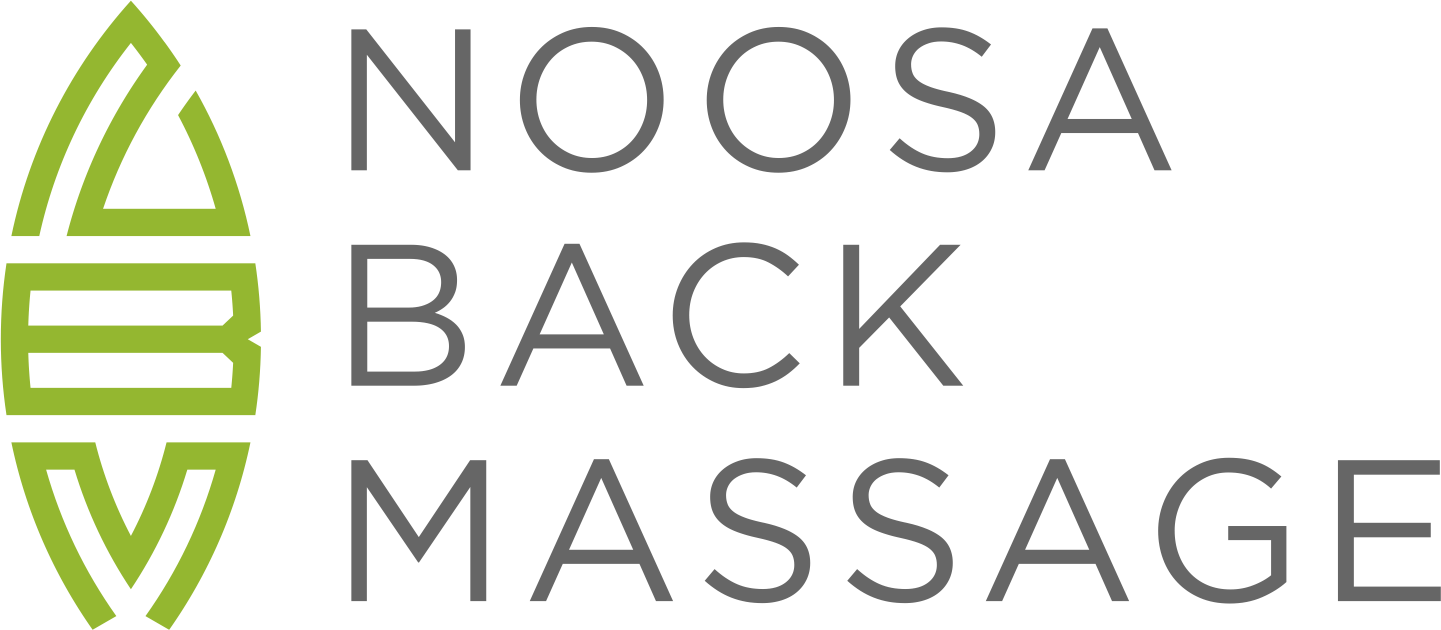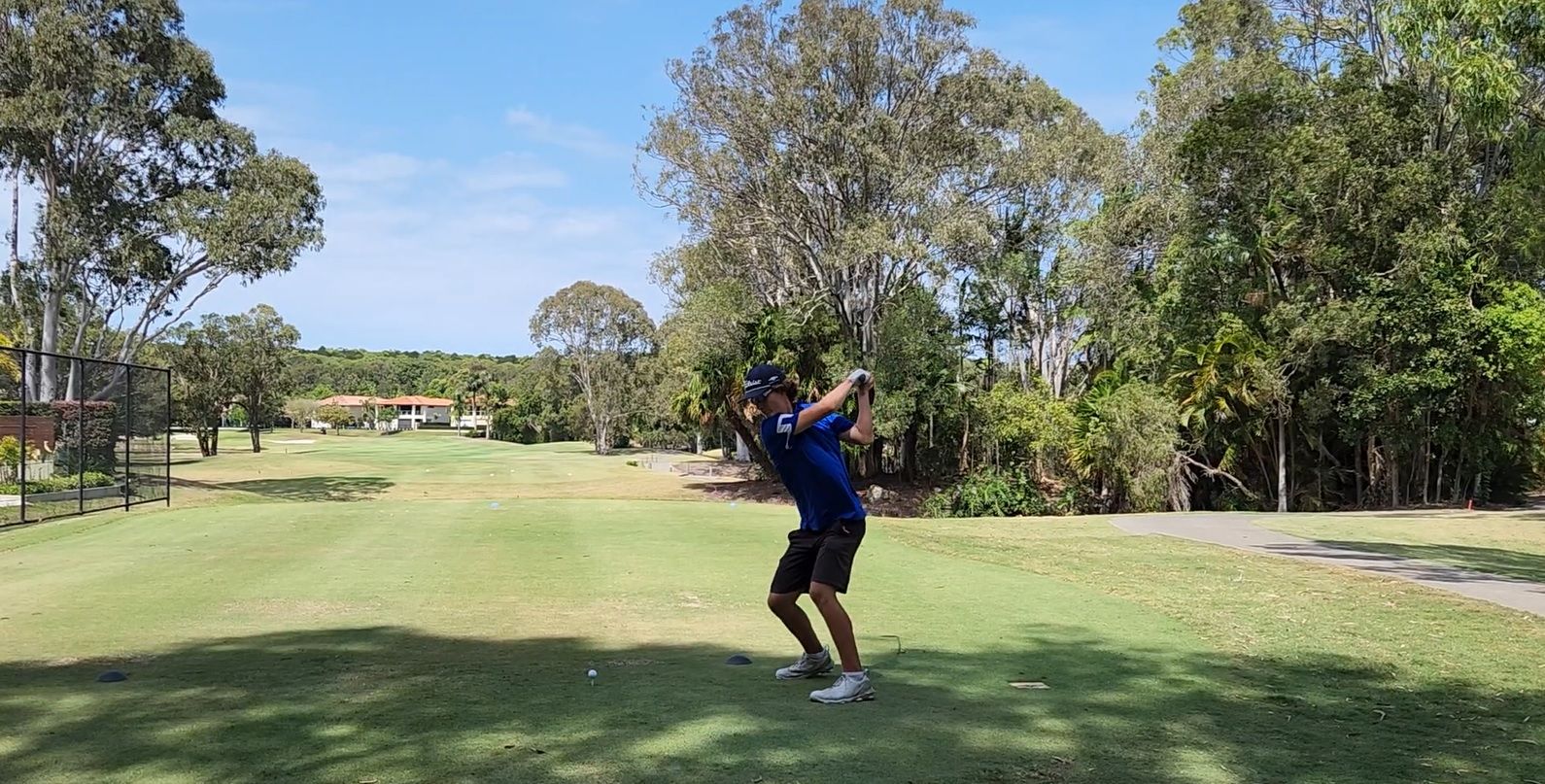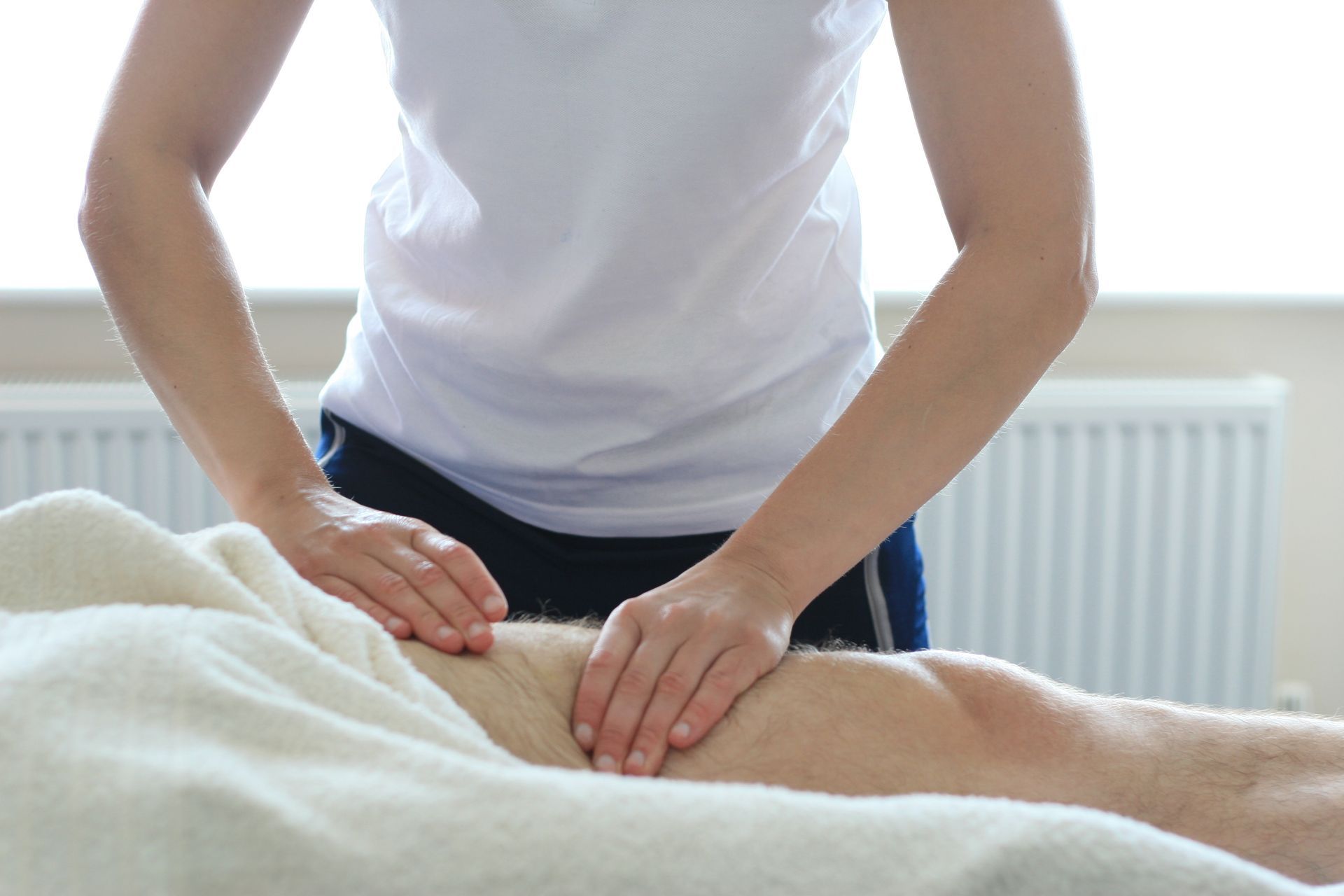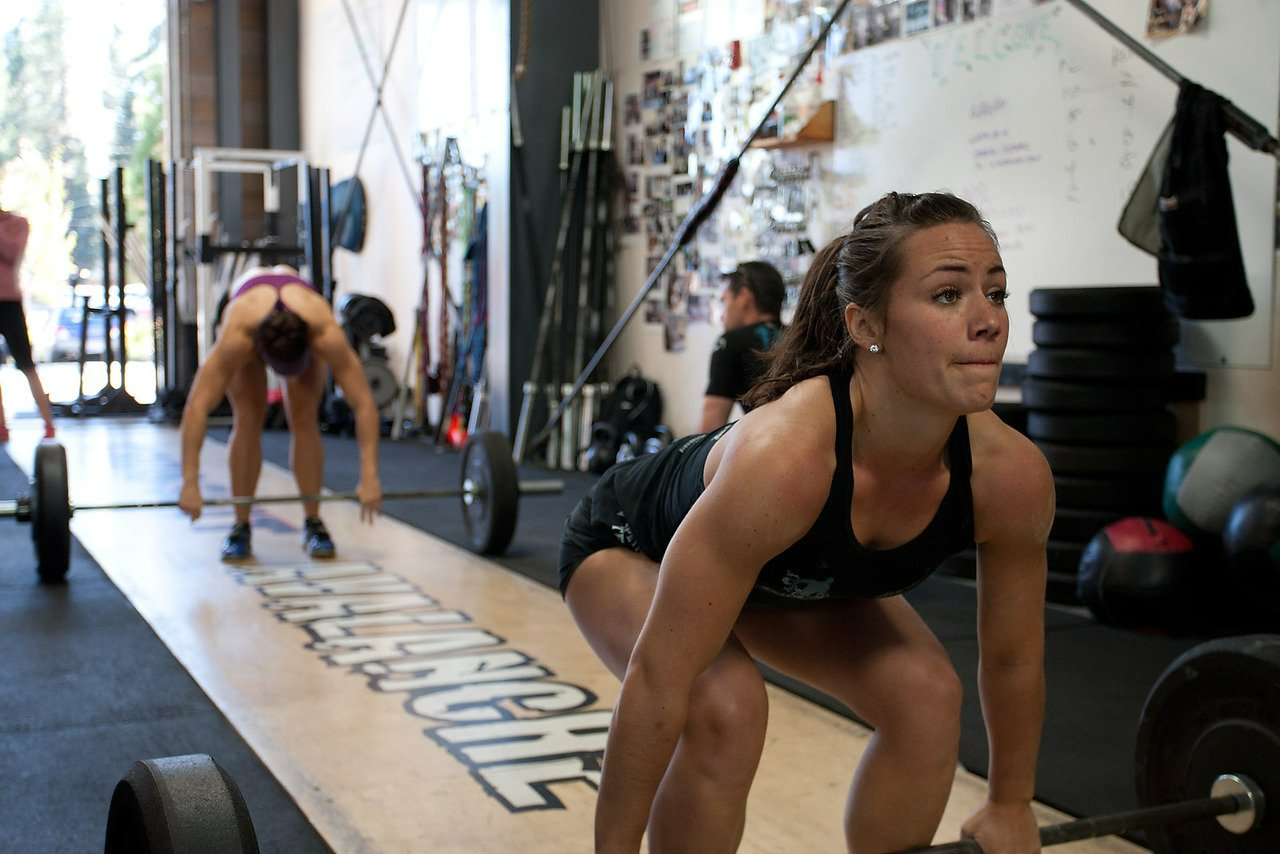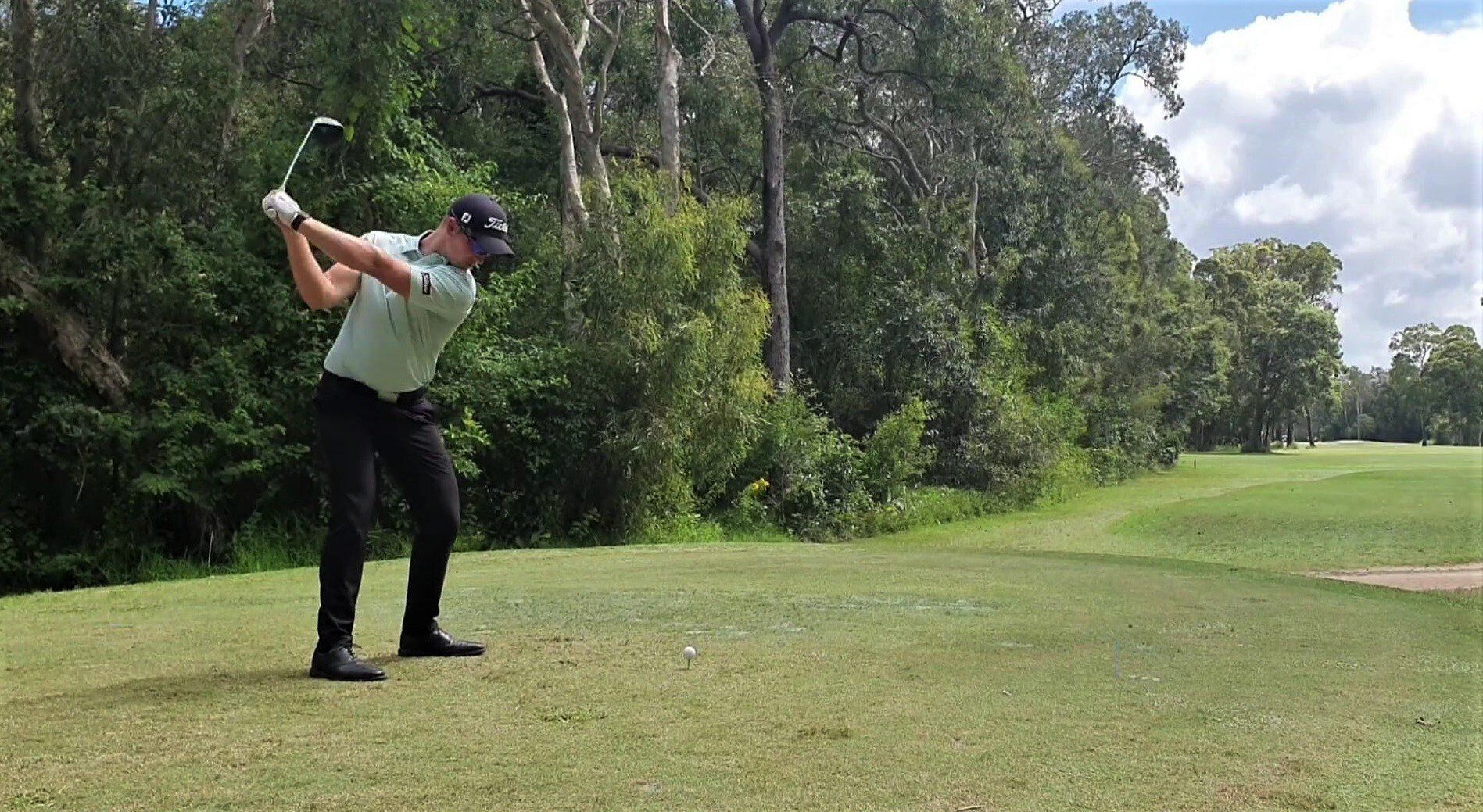Back Pain? Here's How To Start Feeling Better Right Now
Studies show that people with short-term lower back pain who rest actually feel more pain and have a harder time with daily tasks than those who stay active.
Your back pain actually feels like you’ve got a knife deep in your back. Getting out of bed or just getting into your car seems impossile. It hurts to bend over. You can’t sleep. You worry that there’s something seriously wrong and you worry that you may never feel normal again.
Nearly 90% of people will experience a back problem involving back or neck pain during their lifetime. For many, the injury is triggered by a strenuous activity, like gardening or working out. For others it may be the result of poor posture and inactivity. Even simply bending down to pick up a pencil can cause your back to give out.
Take Action
As with any injury, if you’re suffering from back pain it’s critical that you address the problem right away. Early intervention can help prevent a chronic problem with back pain from developing and obviate the need for medication and surgery. Here’s a list of things you can do to reduce the pain today:
1. Limit Bed Rest
Studies show that people with short-term lower back pain who rest actually feel more pain and have a harder time with daily tasks than those who stay active.
If you’ve just been injured, try to avoid more than three days of bed rest and get moving again as soon as possible.
2. Apply both ice and heat
Heat pads and cold packs comfort tender trunks. Most doctors recommend using ice for the first 48 hours after an injury — particularly if there is swelling — and then switching to heat.
3. Keep Exercising
Activity is often the best medicine for back pain. OK you’re not going to be up for a
round of golf or playing
tennis, but simple exercises like walking are very helpful. Keeping mobile not only increases blood circulation but also gets you out of a sitting posture and puts the body in a neutral, upright position.
Just remember to move in moderation. The aim is to strengthen and improve circulation in the affected muscles. Stay away from strenuous activities for a while - particularly the one that caused the injury in the first place.
4. Maintain Good Posture
The pain may have started after a long workout at the gym, but the strain that caused it has probably been building for years. Most people actually have
poor posture when going about their daily activities, putting unnecessary strain on their backs.
Little things add up. You can increase the pressure on your back by around 50% simply by sitting incorrectly at your desk. Consciously keeping the right amount of curvature in your back takes pressure off the nerves and will reduce back pain.
5. Get a Good Night’s Sleep
The amount of rest you get at night depends to a very large extent on the position you sleep in. Sleeping in a bad position or on a mattress with insufficient support can cause back pain.
- If you sleep on your back, try placing a small pillow under your knees. This helps reduce the “hole” in your back and reduces the strain on your lower back muscles.
- If you sleep on your side, try placing a pillow between your knees to keep the spine in a neutral position.
- If you sleep on your stomach, stop it. Stomach sleeping causes the neck and head to twist and puts undue stress on your back.
6. Improve Flexibility
Too much tension and tightness anywhere can eventually cause neck and back pain. The goal of increasing flexibility is to balance an equal load throughout your body - from your feet all the way up to your head. Introducing some simple stretching exercises into your daily routine will improve your overall flexibility and reduce the chances of re-injury.
7. Strengthen Your Core
Most people with chronic back pain would benefit from stronger abdominal muscles. The torso is a combination of many muscle groups working together and if your abdominals are weak, other muscles in the back must compensate and can become overstrained. Strengthening your abdominal muscles is often a very short term measure to reducing strain and pain in the lower back.
In the medium term joining a Pilates or Functional training class will do a lot to strengthen your core muscles. This will not only help you prevent re-injury but boost performance in any sports you have done previously.
8. Seek Out A Specialist Who Specializes In Back Care
Developing an individualized rehabilitation and exercise plan is essential to managing chronic back pain. There’s no magic aspirin that addresses lower back pain in everyone. Some people need more core strengthening while others benefit most from stretching and improving flexibility.
At Noosa Back Massage specialize in helping alleviate back and neck pain related to overuse and/or poor posture. With every patient we see we prepare a detailed investigation of the problem and prepare a treatment and training plan based on measurable objectives that we set together with them.
Whether you’re a professional athlete eager to get back to health and your own training program, or you just want to resume a normal life, our top priority is providing you with the treatment and the knowledge you need to get back to doing what you love.
Have a great day!
Åsa
Share



